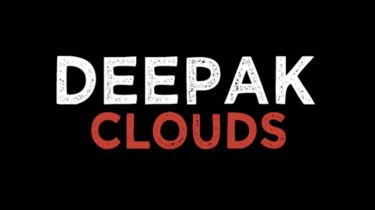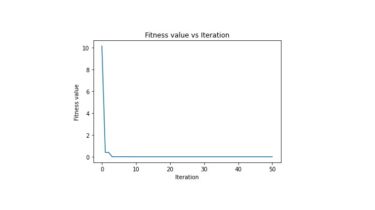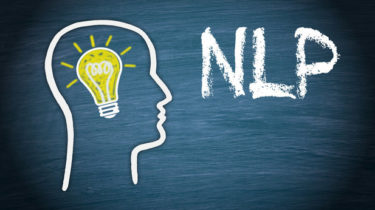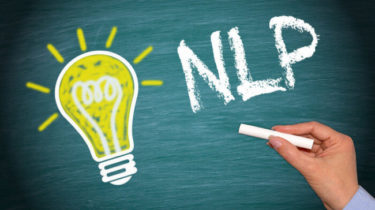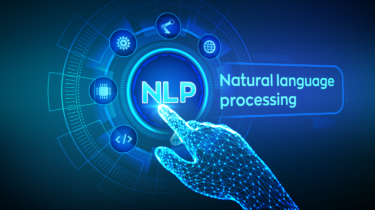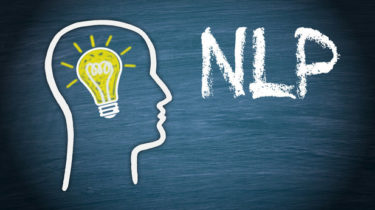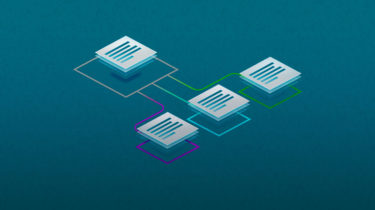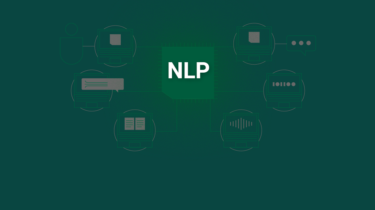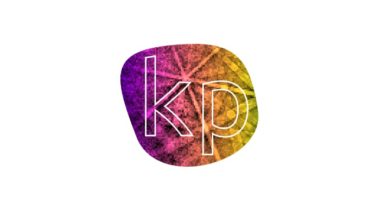A multipurpose Telegram Bot writen in Python for mirroring files
Deepak Clouds Mirror Deepak Clouds Torrent is a multipurpose Telegram Bot writen in Python for mirroring files on the Internet to our beloved Google Drive. Additional Features Get detailed info about replied media (Only for Telegram file) Speedtest with picture results Stop duplicate cloning Google Drive Mega support Added Limiting size Torrent/Direct, Mega, cloning Google Drive support Sudo with Database support Multiple Trackers support Extracting tar.xz support Create Tar Google Drive folder Counting file/folder Shell and Executor View Link button […]
Read more